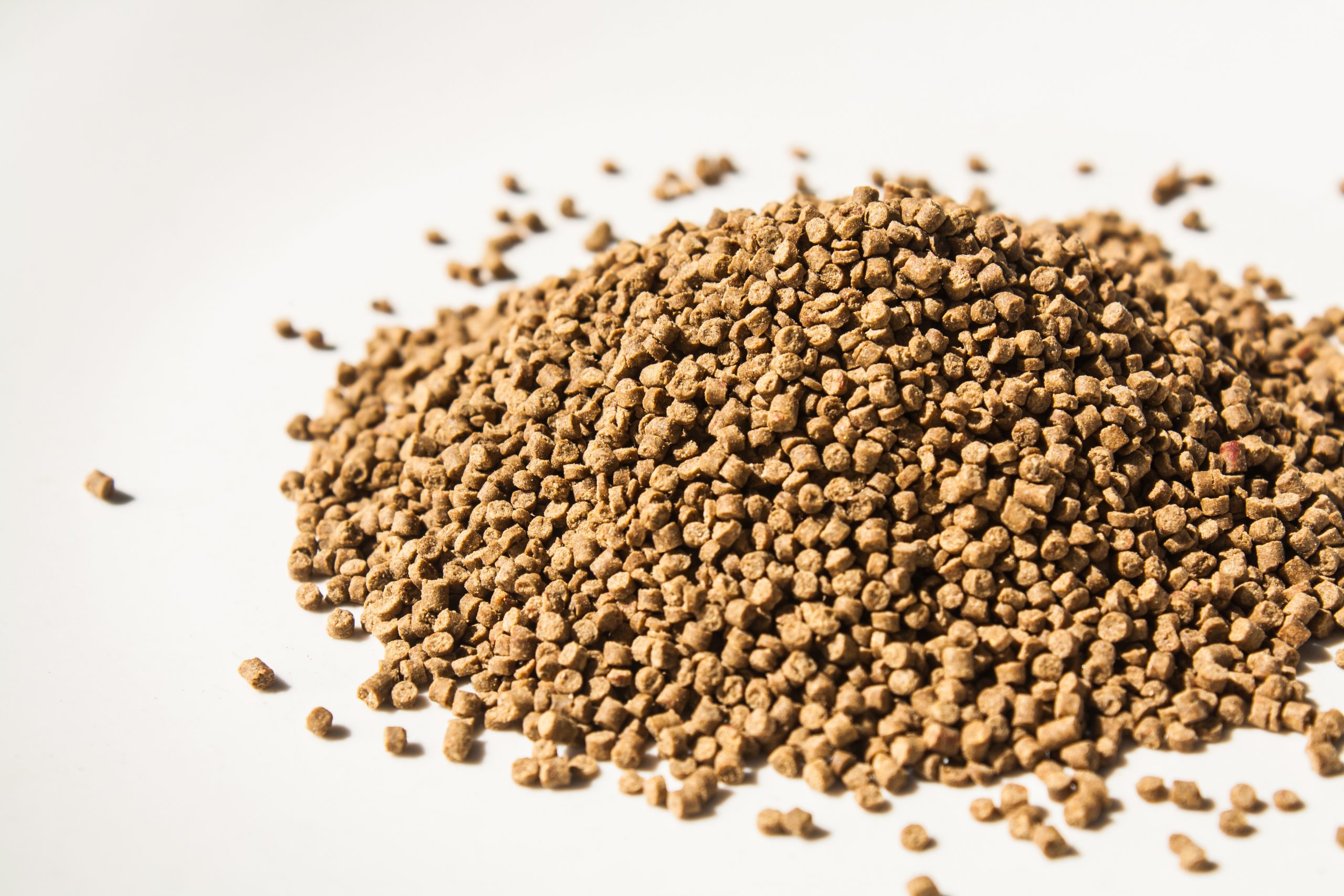Mycotoxins in aquafeed: More knowledge needed

The awareness of mycotoxin-related issues in aquaculture industry has grown as manufacturers and producers realise the importance of mycotoxins, beyond aflatoxin, and their potential to impact production.
This is why researchers delved into this topic and took samples to find out the mycotoxin situation in South-East Asian aquaculture. The results were published in the World Mycotoxin Journal.
More plant based meals, more risks
The inclusion of plant-based meals in compound aquafeeds is not novel, however, it has gained considerable significance in the last decade due to the gradual replacement of animal derived proteins, such as fish meal, with plant proteins. This has increased the concern about mycotoxin contamination of aquafeed. The contamination of aquafeeds and plant-based feedstuffs with mycotoxins is, in general, often neglected. Currently, there is a growing awareness regarding mycotoxin contamination in aquafeeds and ingredients destined to be used in fish and shrimp feeds.
Inventory study in South East Asia
However, there are still several gaps that need to be addressed in order to understand how to better manage the mycotoxin risk in aquaculture. Therefore, the objective of the present work was to analyse the risk of mycotoxin contamination in conventional plant ingredients used for aquafeeds. To do so, during a period of a year (January 2016 – December 2016), 175 samples of different plant proteins, aquaculture/fishery by-products and finished aquaculture feeds, were analysed. Samples were tested for aflatoxins (aflatoxin B1, B2, G1 and G2); zearalenone; type B trichothecenes (deoxynivalenol (DON); nivalenol; 3-acetyldeoxynivalenol; 15-acetyldeoxynivalenol and fusarenon X-glucoside); fumonisins (fumonisin B1, B2 and B3); type A trichothecenes (T-2 and HT-2 toxin; diacetoxyscirpenol and neosolaniol); and ochratoxin A.

Keep up to date: Find out here all you need to know about mycotoxins, regulations for mycotoxins and much more!
Less co-contamination in shrimp feed
All samples were sourced in Southeast Asia. It was shown that all finished feed samples were contaminated by mycotoxins. The mycotoxin contamination pattern for shrimp feeds and fish feeds was slightly different from each other, probably reflecting the type of commodities used for the different species. While shrimp feeds mainly contained DON, a typical mycotoxin found in wheat, fish feeds mainly contained fumonisins, a more typical contaminant of maize products. Shrimp feeds were in general contaminated with low levels of DON, with the exception of sample #1, contaminated with 2,287 μg/kg of DON and sample #2 with 329 μg/kg. All shrimp feeds were also co-contaminated with AF. Fish feed samples were generally more co-contaminated than shrimp feeds, however no maximum occurrences as in shrimp feed was detected. An overview of the results in the plant feedstuffs can be seen in Table 1. These data show that mycotoxin occurrence in plant-meals, and consequently in finished feeds, is quite variable and confirms that aflatoxin is not the main mycotoxin in aquafeeds.
Bridging the knowledge gap
Drawing firm conclusions about the impact of mycotoxins in aquaculture is difficult and much more research is still needed. However, even with the few existing pieces of literature and the knowledge already created around this topic, it is clear that the mycotoxin levels found in finished feeds might negatively influence the aquaculture industry, affecting growth performance, feed efficiency and making animals more susceptible to diseases. Despite the limited number and short period of sampling, this inventory study helps address a knowledge gap of mycotoxin occurrence in feeds specifically destined for the aquaculture industry.
Source:
World Mycotoxin Journal











